Welcome to our insightful guide on the eight types of hawks that soar through the skies of Connecticut.
In this article, I will introduce you to the majestic raptors that call the Constitution State their home.
With their keen eyesight, powerful wings, and razor-sharp talons, these birds of prey have earned their reputation as formidable hunters.
Join us as we take a closer look at the distinct species of hawks found in Connecticut and unravel the captivating aspects of their lives, habitats, and behaviors.
| Image | Name |
|---|---|
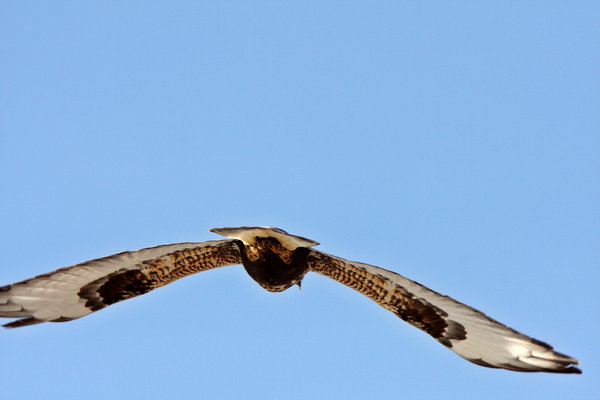 | Rough-legged Hawk |
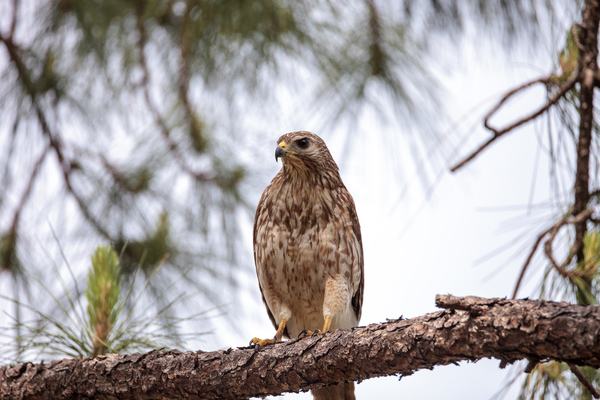 | Red-Shouldered Hawks |
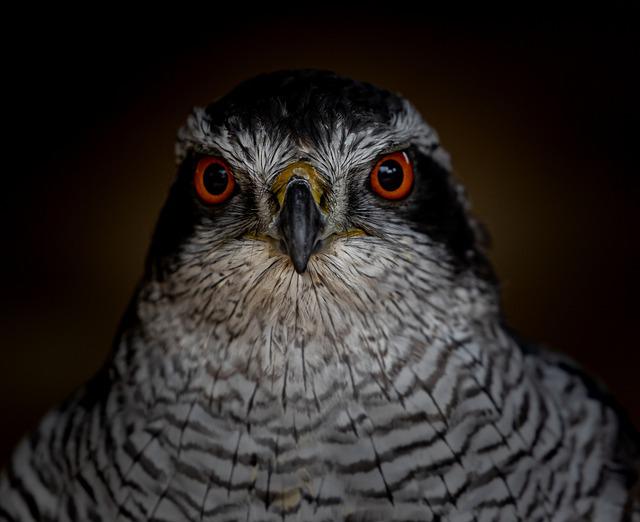 | Northern Goshawk |
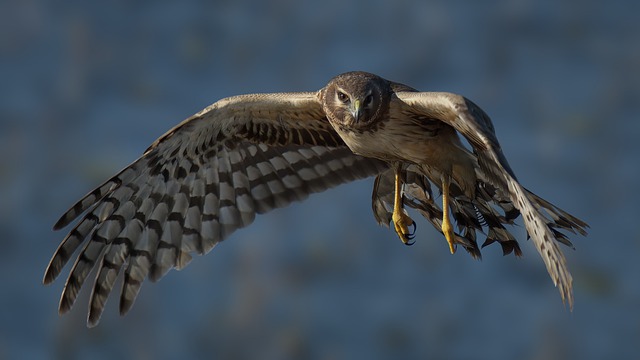 | Northern Harriers |
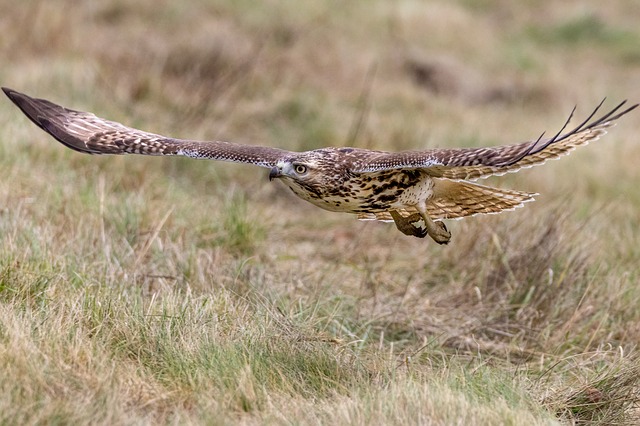 | Red-tailed Hawk |
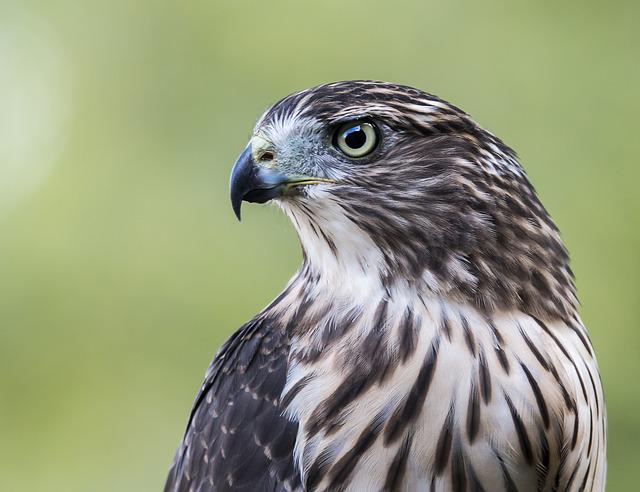 | Cooper's Hawk |
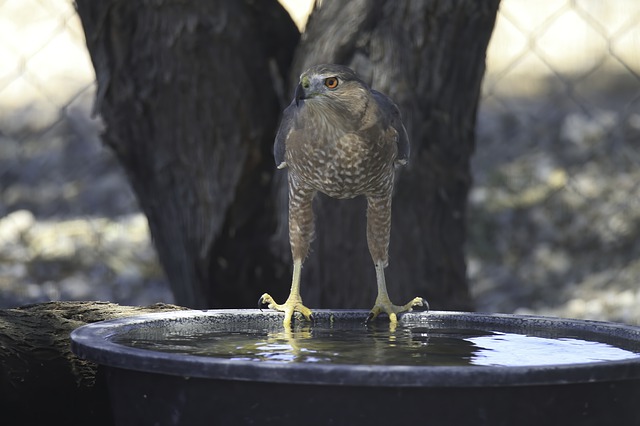 | Sharp-shinned Hawk |
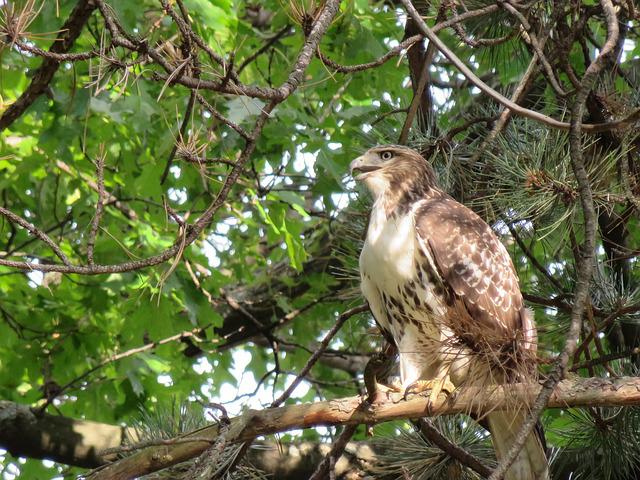 | Broad-winged Hawks |
Types of Hawks in Connecticut
1. Rough-legged Hawk

The rough-legged hawk is a big hawk that may be seen across Connecticut throughout the winter.
While more common in the western part of the state, you may find them just about everywhere.
Unlike any other species of Buteo hawk, these birds can only be found in very cold environments.
The thighs and soles of these hawks’ feet are also feathered.
Their wingspan is rather long and slender in addition to being wide.
These hawks appear brown on the top and white on the underside.
The rough-legged hawk lives along the shores and escarpments of the Antarctic and Arctic tundra.
During the colder months, you may find them in a variety of open habitats such as meadows, fields, wetlands, prairies, and sand dunes.
They like to nest on the tundra, particularly in places with big trees and rock ledges.
Debris, bones, and sticks are used in the construction of their nests, which are then lined using twigs and grasses.
Three to five bluish-white eggs are laid by females, and they hatch in around 32 days.
Rough-legged hawks sit on high vantage points, such as tree limbs, power lines, and wooden poles, to see potential prey.
They frequently swoop above agricultural areas in search of food.
Small mammals and birds make up the bulk of these raptors’ diets.
2. Red-Shouldered Hawk

Because of their distinctive, high-pitched whistling sounds, red-shouldered hawks are often typically spotted prior to being sighted.
They’re around the size of crows, with rounded, wide wings.
Their undersides are barred with red, and their wingspan is checkered black and white.
They frequent the state’s midsection, particularly across Central Connecticut.
Red-shouldered hawks live in coniferous and mixed woods, typically close to wetland areas and waterways.
The typical nesting place is a scrape against the trunk at the foot of a limb in a hardwood or evergreen tree.
The eggs produced by females are light blue-white in color and are speckled with varying shades of lavender and brown.
Most eggs will hatch in around 34 days.
Small birds, chipmunks, voles, frogs, mice, toads, and even fish make up the bulk of their food.
Prey is seen from a distance as they sit. They occasionally swoop down low over wide regions, catching animals off guard.
3. Northern Goshawk

It is the biggest of the accipiters, the northern goshawk.
Their tails are quite long, and their wings are very round and wide.
The upper sections of an adult are grayish, while the underside is a lighter dark grey having black horizontal bands and vertical stripes.
Females are bigger and more highly branded in this area.
These hawks are easily recognizable due to their black bodies and white ear patch.
Although they may be found all across the state of Connecticut, they were most frequently seen in the southern region.
The woodlands are home to several northern goshawks.
They may be found successfully reproducing in both mixed and mature coniferous trees, as well as in pure stands of evergreen trees.
Women provide the bulk of nest construction, while males provide the materials.
Eggs laid by females have a bluish-white color, and it takes around 31 to 39 days for them to hatch.
These raptors are silent, elusive hunters that hunt from low perches in the forest before taking to the air with remarkable dexterity and speed.
Its diet consists mostly of medium-sized songbirds, snowshoe hares, squirrels, rabbits, insects, snakes, and small rodents.
4. Northern Harrier

In Connecticut, Northern Harriers are often seen during the colder months of the year.
They have large, curved wings and long, tapered tails.
Males have a gray upper body and a white belly.
Brown with black bands on the tails characterizes the sexes and juveniles.
The northern harrier is a bird of the grasslands, marshes, and prairies.
They may be found in both dry and wet environments.
Nesting sites are in wetlands or thick fields.
The females do the actual construction of the nest, while the males provide the materials.
Usually, females will lay anything from four to six eggs, and the young will emerge from their shells between 31 and 33 days later.
Typically, the prey of these hawks consists of smaller birds, including songbirds, finches, robins, ducks, and doves.
They also like eating lizards, toads, big bugs, and snakes.
Typically, they hover above low fields, looking for signs of their prey. They may also use their acute hearing to track down their prey.
5. Red-tailed Hawk

Red-tailed hawks, a species of Buteo hawk, are huge birds with conspicuous red tails.
Looking at one from a range, you may mistake it for an eagle.
They have a brown back and a white abdomen.
They may be seen in large numbers throughout the year across Connecticut.
The state’s central areas have the highest frequency of sightings.
These raptors like to live in the wilderness.
They may be found in mountain ranges, prairie thickets, and forests.
They set a home on the highest branches of trees and rock faces.
Females often deposit two to three brown-spotted eggs.
It takes around 27 to 34 days for the egg to hatch.
Rats, ground squirrels, rabbits, voles, snakes, frogs, bats, toads, and small birds all make up the diet of the red-tailed hawk.
They survey the ground below them from a perch or the air above meadows to see potential prey.
6. Cooper’s Hawk

The wings of Cooper’s hawk appear wide and curved, and its tail is lengthy.
Hawks reach adulthood with a grayish-blue upper body and a warm reddish banding below.
The juveniles have brown heads and upper breasts with white streaks.
There is a striking resemblance to sharp-shinned hawks, although these birds have bigger heads.
With a large year-round population, these hawks are regular sights across Connecticut.
Cooper’s hawks like to make their homes in forested areas, such as green neighborhoods, gardens, and dense woods.
Nesting sites in evergreen, coniferous, and mixed woodlands with close clearings and towering trees are preferred.
The nest is a large, cumbersome building made of sticks and lined using softer materials and is constructed by both sexes.
The females produce 2 to 5 eggs that are light blue-white and hatch in 33 to 40 days.
Birds and rodents make up the bulk of their food.
They sit on perches and monitor the ground below for prey, such as flickers, robins, chipmunks, jays, big insects, and ground squirrels.
Likewise, they kept their ears and eyes peeled for moving prey and then sprinted at top speed to seize it.
7. Sharp-shinned Hawk

Similar to Cooper’s hawk but somewhat smaller is the Sharp-shinned Hawk.
They possess rounded wings and short, square tails.
The adults are mostly blue-gray on top, with distinctive red-orange stripes across the chest.
Their underbelly is just as eerily white. It’s not uncommon to see them in the Nutmeg State.
These hawks are native to the state’s forests.
Nests of the sharp-shinned hawk may be found in stands of thick evergreen or coniferous trees.
While both sexes contribute to gathering nesting materials, the females undertake the bulk of the actual building.
Squirrels and big birds may use abandoned nests as a platform for their own.
About four to five bluish-white eggs having brown markings are laid by females.
31 to 35 days is the time required for the incubation process.
Small birds, frogs, rodents, squirrels, huge insects, snakes, and lizards are also common fare for sharp-shinned hawks.
They usually wait for probable prey to come near them while perched under the cover of vegetation.
They can maneuver quickly in the air and like swooping down on their prey from the cover of the forest.
8. Broad-winged Hawk

When compared to other hawks, broad-winged hawks have relatively short legs and a stocky build.
Their squared-off, short tails contrast with their massive heads.
They’re deep chocolate brown on top and light cinnamon on the underside.
Their tails are banded in black and white coloration.
The juveniles are a dingy brown having rougher markings on the underside.
Hawks such as this one are typical visitors to Connecticut during the winter since they are migratory birds.
Whenever possible, broad-winged hawks will want to spend their time in the shade of the forest’s canopy.
Breeding areas include areas near water, forest margins, and clearings in either coniferous or tropical woods.
The nesting sites of both sexes are located towards the base of tall trees.
Eggs laid by females are usually 1 to 3 and are white with brown spots.
Mice, voles, huge insects, baby turtles, lizards, and small birds all provide good meals for broad-winged hawks.
They use perches to look for potential prey.
They sometimes hunt by soaring over rivers and streams or over forests in search of prey.
Conclusion
In conclusion, the eight types of hawks that inhabit Connecticut’s diverse landscapes showcase the beauty and power of these awe-inspiring birds of prey.
Each species, from the formidable Red-tailed Hawk to the agile Sharp-shinned Hawk, brings unique characteristics and behaviors that enrich the state’s vibrant ecosystems.
By understanding and appreciating these majestic raptors, we can work together to protect and conserve their habitats, ensuring that future generations have the opportunity to witness the captivating presence of Connecticut’s hawks for years to come.
FAQ
When is the best time to observe hawks in Connecticut?
The ideal time to observe hawks in Connecticut varies depending on the species. Generally, spring and fall migrations offer the best opportunities, particularly between mid-September and late October when many species pass through the state.
Where are the best locations to spot hawks in Connecticut?
Some of the top locations for hawk watching in Connecticut include Lighthouse Point Park in New Haven, West Rock Ridge State Park in Hamden, and Quaker Ridge Hawk Watch at Audubon Greenwich. Hawks can also be observed in many other parks, wildlife refuges, and natural areas throughout the state.
What do hawks eat?
Hawks are carnivorous birds of prey, primarily feeding on small mammals, birds, reptiles, and insects. Their diet varies depending on the species and available prey in their habitat.
Are hawks protected by law in Connecticut?
Yes, hawks are protected under the Migratory Bird Treaty Act, which makes it illegal to harm, capture, or kill hawks without a permit. Additionally, some species may receive further protection under state or federal laws, such as the Endangered Species Act.
How can I support hawk conservation efforts in Connecticut?
To support hawk conservation efforts, you can contribute to local and national organizations dedicated to protecting birds of prey, participate in citizen science projects like hawk counts, and promote habitat preservation through responsible land use practices and supporting conservation initiatives.
Last Updated on April 5, 2023 by Lily Aldrin
